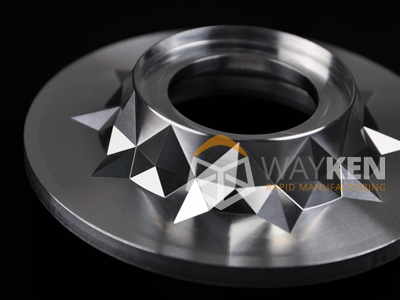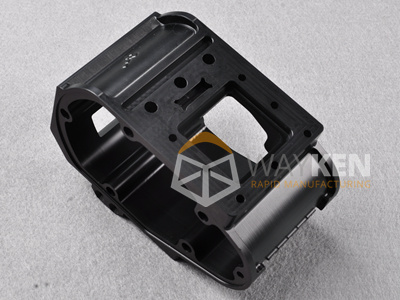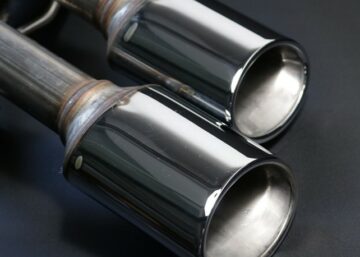With the acceleration of product iteration in various industries, how to shorten the product development cycle has become the key to quickly occupy the market. It is a rigorous and orderly process from model design, prototype verification, low volume production, or trial production to final mass production. CNC machining provides great convenience for getting the prototype. With only 3D drawings needed, many mechanical products can be got in hand as soon as 1-2 days. In CNC machining, plastic and metal are the two most commonly used materials. For the plastic, the commonly used plate/block materials are ABS, PC, PMMA, PP, POM, PBT, etc., of which the material properties are close to the production level of formal injection molding. This article will focus on CNC plastic prototype manufacturing.
What is CNC plastic?
The use of plastics covers all walks of life. Compared with metal, stone, and wood, plastic products have the advantages of low cost, strong plasticity, etc. The plastic industry occupies an extremely important position in the world today. And the production of plastic products has been developing at a high speed all over the world for many years. Therefore, a large part of product development and design is related to plastics. And for CNC prototyping, CNC plastic machining also has a very wide demand. From the customer demand analysis, it can be said that CNC plastic accounted for half of the use. Usually, the material for CNC plastics would be plate or block material, according to the size of the design.

At present, the most widely used CNC plastics are ABS, PC(Polycarbonate), and PMMA(acrylic). Among them, ABS is an opaque material, while PC and acrylic have both opaque material and transparent material. For example, automotive lamp design often uses transparent acrylic as the material, through polishing to have a perfect transparent effect, and also used to verify the optical and aesthetic design needs.
Difference between CNC plastic & metal machining
To begin with, “Can CNC machines cut plastics?”, for this question, the answer is obvious and yes, of course. For many people outside the rapid prototype manufacturing industry, when it comes to CNC machining, most of them will only associate with CNC metal. Even if they know that CNC can process plastic, less of them know the difference between metal machining and plastic machining.
First of all, plastics material has low hardness and low-temperature resistance compared with metals. Therefore, it is necessary to use appropriate tools and parameters according to different kinds of plastics. Different from the metal, CNC plastic needs to slow down the processing speed, lift cutter more often and have better cooling control to prevent the material from melting which could be caused by high temperature when under machining. Poor control will not only easy to process bad quality products but will also cause high damage to CNC tools.


In addition, the processing of plastic products have a thing to do with its material characteristics, and there will be stress from internal material. As a result, deformation and cracking could easily occur, which would eventually lead to out of tolerance or scrap products. To control this problem, the engineers should have more extensive processing experience to allow them to control every detail in the processing.
Last but not least, though there is much plastic for CNC machining, not all materials are suitable, For example, for the material with relatively low hardness, it is obviously too soft to be machined. In general, experienced prototype manufacturers are able to give some proper recommendations and provide the best manufacturing solutions according to the actual needs of customers.
Typical applications of CNC plastic machining
Transparent acrylic prototype machining
The automobile industry has always been the hot spot of product update iteration and development. Of course, for excellent CNC manufacturers, the most often the thing they do is to cooperate with the global automotive manufacturers and provide prototype manufacturing services. Many of these projects come from the prototype design of headlights, while acrylic is the most commonly used plastic material.


Normally, the auto lamp lens that produces in formal production is transparent PC material, which would have great impact resistance. However, why many projects choose PMMA as the material at the prototype design stage? The reason is that the PMMA prototype after hand polishing will have a better aesthetic and optical effect than the PC. Acrylic prototypes look more transparent and have would have a better surface finish by skillful manual polishing. Though prototype made from PC would have better impact resistance and could also achieve high surface finish by vapor polishing, in total it is relatively poorer than acrylic, and would somehow show slight blue.
Based on what have been discussed above, CNC plastics are widely used in prototype manufacturing. Product designers can select appropriate materials according to their own design material requirements and prototype verification purposes, in order to achieve the purpose of verification of design points.




